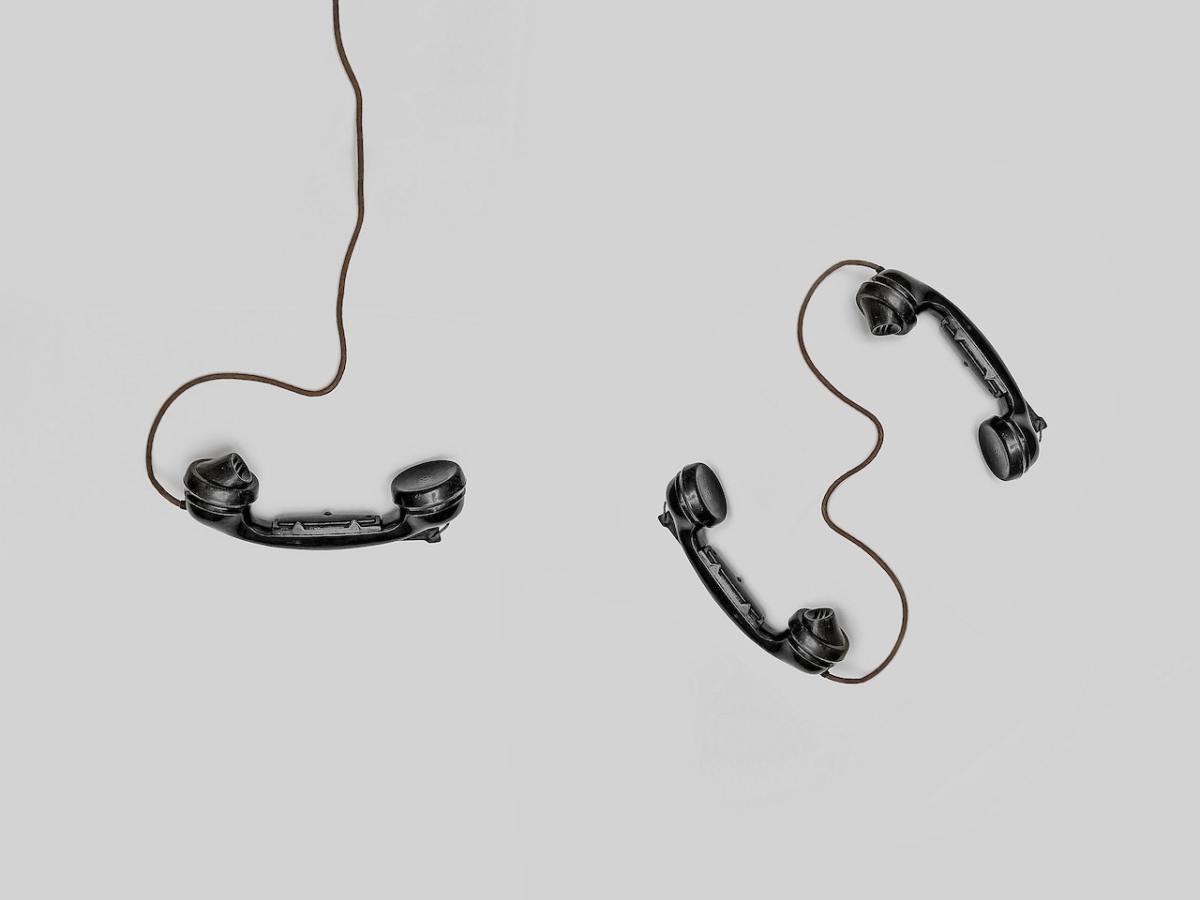Asynchronous communication is one of the challenges posed by the digital transition away from the instantaneous. As teleworking and hybrid models become more widespread, it is not only a useful tool for companies, it is also a useful way to work with external and global teams.
Asynchronous communication eliminates immediacy
Asynchronous communication is an exchange of information that does not take place in real time. In the work and business environment, it would be a way of working in a team but at different times of the day and without the need for all those who form part of the work group to coincide in time.
In other words, the main difference between this and the traditional face-to-face working model is that it does not wait for all users to be available and working within a specific period of time. In this way, productivity can be increased and travel costs or shift changes can be minimised, a very interesting aspect when it comes to working with global teams and where geography conditions schedules.
This eliminates immediacy and real-time working. The word asynchrony describes processes that do not take place at the same time as other processes. As opposed to face-to-face meetings, meetings via Zoom-type tools, or instant messaging tools, others such as email, the use of collaborative documents or task management tools are appearing on the work scene. These other tools allow employees to choose to work when they are most productive on the condition that each task is completed on time and knowing what each employee has to do at any given moment so as not to interrupt the work chain, to pick up where another colleague left off, as if they were taking over.
The possibilities of asynchronous communication
Features such as online meetings have already proven effective during the pandemic and now with teleworking, but they require all participants to be online at the same time. For this reason, one of the solutions now is to integrate Virtual Reality, Augmented Reality and 3D technologies to work in deferred, but with realistic perspectives.
One of the most important examples of this has recently been presented by the Federal Institute of Technology in Zurich ETH Zurich made what seemed so far away a reality: introducing asynchronous communication in this institution, but in an innovative way.
To realise the project’s goal, the scientists and specialists at the Swiss university planned to set up an office in which they could work with asynchronous technology. In this case they have developed a system that creates a 3D meeting room, based on Virtual Reality environments Virtual Reality and Augmented Reality environments in which meetings can be recorded and replayed at any time with a very realistic appearance.
The main challenge, at the time, was the elimination of “noise”, i.e. any distractions. In this respect, the patented software makes it possible to minimise this later when replaying the recording.
The system also offers the possibility to access a history of events. This project is characterised by keeping the law of causality (i.e. the cause-effect order) intact. For this purpose, virtual reality is structured around objects that can be approached in order to receive more information. For example, displays, sensors or even acoustic warning devices.
The future is a three-dimensional digital office
Choosing between working in an asynchronous or synchronous reality (i.e. one that coincides in time) should not be exclusive choices. The important thing is to be able to choose the best of each to suit the needs of companies and workers.
The project developed by ETH Zurich can not only be applied in 21st century offices with a strong innovative and technological character, but also in other fields such as research. In this sense, it would be possible to repeat any process in order to analyse the mistakes and work on the successes.
Due to the health crisis caused by the coronavirus, more research was done on asynchronous communication and the opportunities it can offer for work and scientific collaboration. This brought many advances to companies, as it was realised that different jobs could be carried out from home, supporting the teleworking model. In this way, the time employees and employers spent together was of a higher quality. Now it wants to go a step further with the help of virtual reality and 3D technology.
